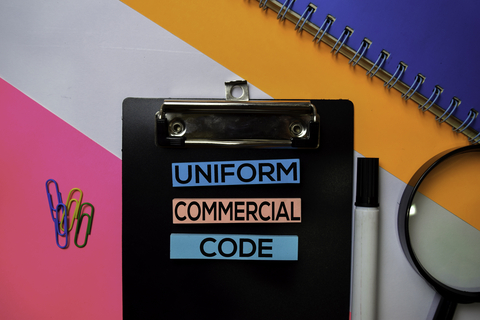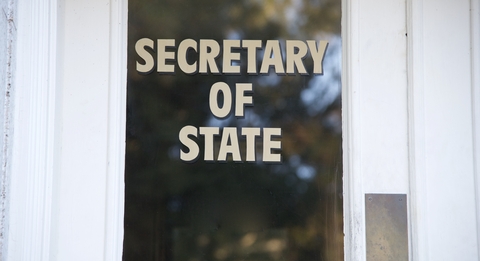3 myths about online court searching
At one time, if you needed access to court records, you went to the courthouse and manually searched through paper filings. Thankfully, things have changed through the years, with more and more court records posted online. It’s made our jobs a lot easier, but it doesn’t come without its own set of myths and challenges.
Here are the top 3 myths about online court searching and some tips for avoiding these pitfalls:
#1 It’s easy – Online court searching is probably the most challenging type of research for several reasons. First, you need to identify jurisdictions, or which court systems to search. This involves determining all the places someone has lived and worked, which isn’t always obvious. And what happens if someone was arrested while traveling outside of their known locations? There’s no centralized database for court records, so, in addition to federal courts, you need to search state and local jurisdictions. Data entry errors and inconsistent case numbering make searching more difficult, and don’t get me started about lack of personal identifiers: full names, addresses, and Social Security Numbers.
#2 Everything’s online – Unfortunately, many jurisdictions don’t maintain online court records, especially local courts. You’ll also discover there’s a lot missing. For example, in PACER, the government repository for federal cases, self-represented litigants are not required to file documents in the system. Older cases may not be in a digital format, and certain documents are sealed to protect the privacy of individuals involved. Sometimes records may be missing because they’re waiting to be processed, or someone’s neglected to add them to the database.
#3 You can keyword search all court documents – With online searching, you’re generally not searching full records. Instead, you’re searching just the docket, which is a case summary. A docket sheet includes the court name and location, case name and number, judge, involved parties, attorneys and their addresses, nature and cause of action, and case outcome. It also includes a chronological list of actions (motions, briefs, exhibits, etc.) and dates. Sometimes it links to the full documents, and sometimes not.
With all of these challenges, what’s a researcher or investigator to do? In order to get the most out of your online court searches and to assure that you’ve done the best you can with an imperfect system, I suggest following these best practices:
Search multiple sources – Using more than one database will help you spot errors and find what may be missing from just one source. That means investing in several fee-based databases and then going directly to court websites.
Know your sources – Learn the ins and outs of your databases so you understand what’s included. What types of cases and what dates do they cover? Are you searching all records or just dockets? Look for help files and user manuals such as this one from PACER.
Understand court structure – There are four types of federal courts that cover cases involving bankruptcy, immigration, patents, and other violations of federal law. They also hear disputes between two or more states. A great explanation of federal court structure can be found here. State courts cover violations of state laws, and each jurisdiction is organized differently. You can learn about state court structure from the Court Statistics Project. Find local courts through Google, and explore their websites for more information.
Obtain as much identifying information as possible – If possible, try to pin down dates of birth, Social Security Numbers, and addresses (past and present). Look for name variations, such as nicknames, maiden names, aliases, and middle initials or names. You can do this through some preliminary research in public records, investigative databases, news, and social media. Also check any information supplied by your subject or client.
When all else fails, head to the courthouse – In many cases, you need more than online court searches. The online record may not be considered the official record (check disclaimers), and if your findings will be be used in litigation or other high-risk situations, make sure you haven’t missed anything. Hire a specialist to handle this, though, because it requires specialized skills and someone in the right location.
Online court searching takes time, patience, and practice. Learn as much as you can about how the courts and your sources work and how to navigate these challenges.




Another spot on article by one of the best researcher’s in the Investigative World !!
I don’t know how she is able to do all that she does.
Rory J McMahon CLI, CFE
Why, thank you, Rory!